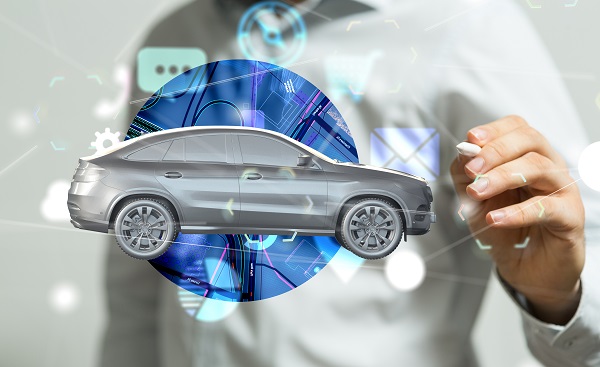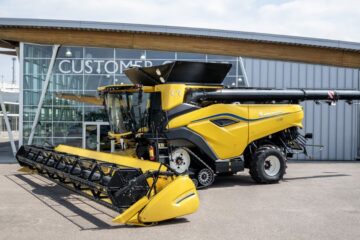Today’s automotive industry is a nexus of technology and engineering precision. Because automobiles are increasingly computer-based, maintaining them calls for computer intelligence in addition to mechanical knowledge. This is where contemporary automotive tuning and diagnostic tools come in handy, serving as a bridge between human potential and machine intelligence.
From Manual Checks to Digital Mastery
The days of detecting engine problems or inefficiencies only by intuition are long gone. The sophisticated electronic control units (ECUs) found in modern automobiles regulate everything from fuel injection to exhaust emissions. They generate streams of data that are invisible but essential to the health of an automobile.
Advanced diagnostic tools provide accurate performance, malfunction, and error information by accessing this data through onboard diagnostics (OBD) systems. In addition to saving time, this technological advancement improves accuracy by enabling technicians to identify issues before they become serious enough to require expensive repairs.
Enhancing Automobile Performance
Apart from fault diagnosis, tuning software has become central to optimising performance. Tuning improves a car’s performance, whether it’s through torque delivery, throttle response, or fuel economy. Experts can modify ECU settings to customise a vehicle’s performance for a variety of driving situations, including competitive racing and city roads.
Such tuning is executed with safety and careful calibration, so that efficiency is maximised without compromising on engine integrity or emissions standards. Such a combination of accuracy and flexibility reflects the degree to which car tuning has diverged from its do-it-yourself origins.
The Accuracy of Data-Driven Maintenance
The ability to conduct real-time analysis is what distinguishes the latest generation of diagnostic tools. Real-time access to an automobile’s vital statistics allows engineers and mechanics to spot inefficiencies as soon as they arise. Predictive maintenance is made possible by this data, fixing possible problems before they arise.
This shift from reactive to proactive service not only extends the lifespan of parts but also creates sustainability. As engines become cleaner and systems run more efficiently, vehicles consume less fuel and produce fewer emissions. The outcome is a win-win for owners and the Earth.
Integration of Connectivity and Smart Technology
Most current automotive tuning and diagnostic tool systems are cloud-enabled, have AI algorithms, and remote monitoring. With wireless diagnostics, data can be sent from vehicles to service centres and even manufacturers. With integration, working together is made easy as specialists can analyse trends in performance and make precise recommendations for improvement.
For instance, companies like Kinectd have worked behind the scenes to enable this connected world. Their efforts to integrate smart diagnostics into workshop technology are just one example of how connectivity and precision data can coexist to deliver better outcomes for drivers and mechanics alike.
The Role of Professionals in a Digital Age
While technology is credited with precision, the human element cannot be sacrificed. Reading data, applying customer tuning profiles, and complying with safety and environmental standards still require skilled hands. The union of skilled technicians and intelligent tools defines the car care of the future.
Computer literacy and education are as vital now as mechanical aptitude. Garages which invest in computer education keep their technicians up to date with evolving car technology. This hybrid of human brainpower and computer assistance allows modern garages to deliver service that is not merely efficient but highly customised.
Looking Ahead
The car tuning and vehicle maintenance of the future is unequivocally digital. As electric drive and hybrid systems enter the mainstream, tuning and diagnostic technologies will continue to advance, permitting cleaner, more intelligent mobility.
Evolving tools allow specialists to bridge the gap between performance and perfection — enabling each vehicle to operate at its best while addressing the demands of a more sustainable planet. Essentially, rather than taking the place of craftsmanship, technology is enhancing it. Although the modern mechanic’s toolkit can take many different forms in the inventor’s universe, its goal is always the same: to maintain machines operating efficiently, safely, and smoothly.


